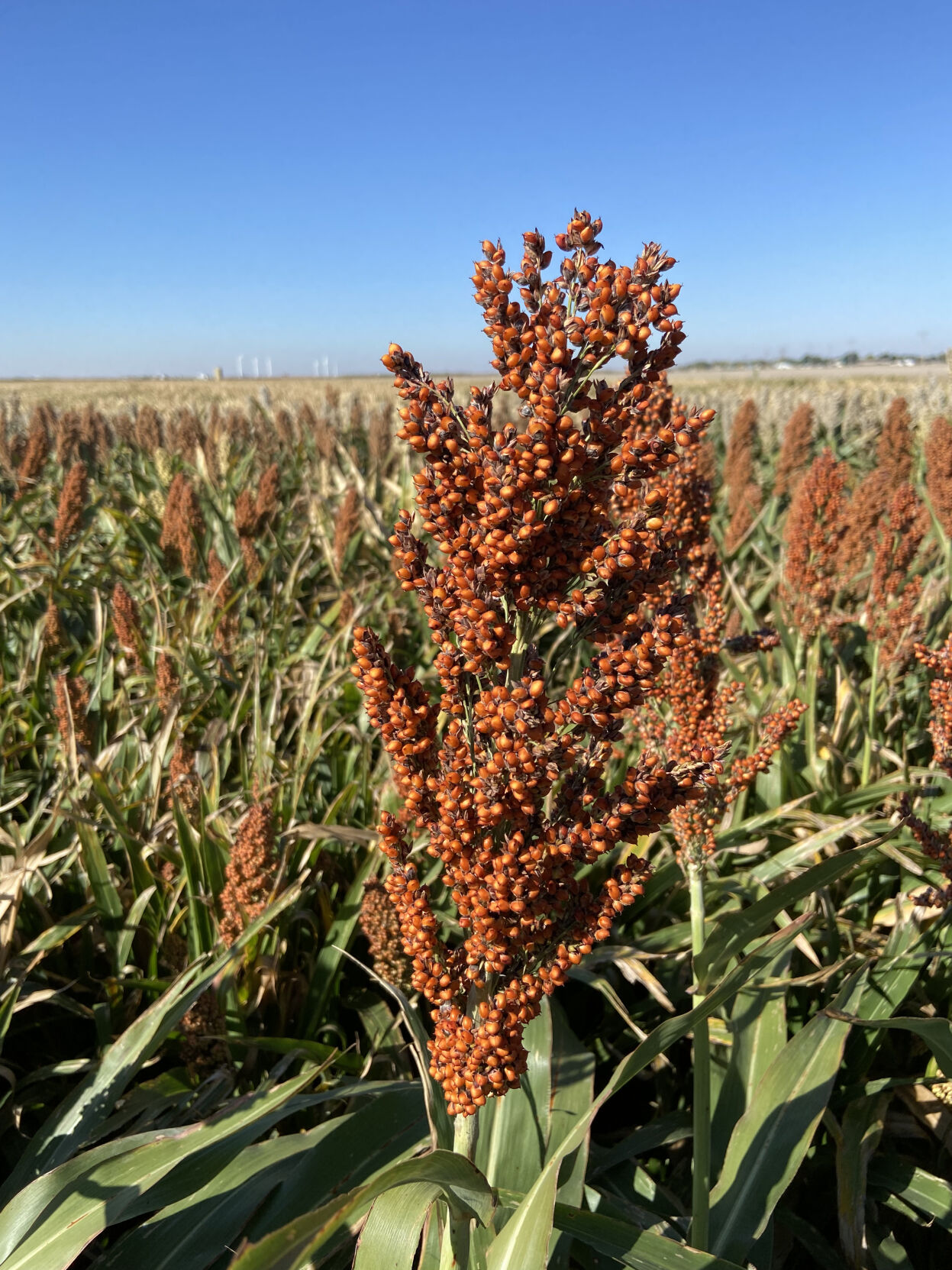Sorghum—a sustainable and resource conserving crop

United States farmers—along with their accompanying industry, academic and agency partners—do a great job in feeding and clothing the world. Conveying how this production is being accomplished in an efficient, environmentally safe and sustainable way is increasingly critical to educating consumers and meeting demand from downstream companies.
The United Sorghum Checkoff Program is strategically working to address this and has an entire section on its website devoted to our sustainability story at www.sorghumcheckoff.com/sustainability.
Grain sorghum is considered the resource conserving crop for a number of reasons. High on the list of sustainable characteristics is its ability to produce grain with less water than many other crops. For example, in Kansas, sorghum begins to produce grain once 6 inches of water has been used by the plant. In contrast, corn takes 10 to 11 inches of water to begin producing grain.
Although 90% of grain sorghum is planted under dryland conditions, its ability to withstand short periods of drought makes it a good candidate as a companion crop under irrigation with other crops that are less water forgiving. The more water demanding crop can take priority in receiving irrigation knowing that the sorghum can wait longer before it must be watered.
Sorghum also leaves crop residue on the surface following harvest when coupled with no-till or reduced tillage practices. These practices are currently employed on approximately 75% of the sorghum planted in the U.S. This residue helps protect the valuable topsoil from water and wind erosion. By preventing water runoff from rain and snow events the next crop planted can benefit from the added water that is now stored in the soil.
Another benefit of crop residue is that it provides a great habitat and winter cover for pheasants, quail and other wildlife.
Often overlooked is the benefit of sorghum’s deep, fibrous root system. It is not unusual for sorghum roots to reach depths of over 5 feet. Not only does this give sorghum the ability to use deep soil moisture and nutrients, but also to sequester carbon deep into the soil profile.
Sorghum is a non-GMO, making it less expensive to plant compared to many of the other crops. Cost of seed typically runs between $8 and $16 an acre depending on the particular hybrid and seed treatments requested.
One of the best kept secrets about sorghum is its nutrition and health benefits, which were recently highlighted in a Forbes magazine article. Whole grain sorghum is an excellent source (providing more than 20% of the daily value) of 12 essential nutrients and natural source of antioxidants, which may help to lower your risk of cancer, diabetes, heart disease and some neurological diseases.
In fact, grain sorghum contains more than double the amount of antioxidants as the same amount of blueberries! For more information visit the Sorghum Checkoff consumer’s webpage and click on nutrition.
Editor’s note: Brent Bean, Ph.D., is the Sorghum Checkoff Director of Agronomy, Lubbock, Texas. For more information visit www.sorghumcheckoff.com.


